North Cyprus holds a strange status is the world. The island
has been divided since the Turkish invasion in 1974, with Turkey controlling
over a third of the island’s landmass since. The two sides are separated by a “green
zone” no man’s land between two fences, a barrier that runs right through the
center of Nicosia, the capital of both halves of the island. While the Republic of Cyprus is a member of
the European Union, United Nations, and all major worldwide organizations, North
Cyprus is recognized as independent only by Turkey. Even on this site, when I
attempted to use a North Cyprus location for this entry, no flag rather than
the North Cyprus flag came up for the lag marker. Since it is not recognized,
there is not consular or embassy representation there for most countries, which
would create a real problem should your passport get stolen.
We decided to hit the Turkish side
of Nicosia first on our day there. Nicosia
is the last divided city in Europe with one crossing between the two sides of
the city at Ledra Street.
Travel between the two sides was more or less
normalized in 2008, so while it seems like a kind of Checkpoint Charlie, going
from one side to the other is as easy as any other border crossing for people
from countries who do not require visas for either Cyprus or Turkey. It’s not
so easy for Turkish Cypriots.
The atmosphere on the two sides is
entirely different. Whereas Ledra Street
is a modern European style shopping street with many of the standard western
chains, once you cross the line it feels more like a Middle Eastern
bazaar. There are quite a few
significant monuments in north Nicosia, but some of them such as the Selimiye
Mosque, a former Christian church before Ottoman times, were closed for
renovation. The Buyuk Han, a building
with an open square and two stories of shops around its edges like a kind of
historic shopping mall, is the main stop for souvenirs and typical Turkish
items like ceramics and copperware.
For something different after so much Greek food, we sought
out a place with Turkish food – spicy pickles, Iskender and Beyti Kebap,
Cypriot Ravioli, and Efes beer.
There
are many similarities between Greek and Turkish food but also substantial
differences.
We encountered a man sitting at a table outside the mosque
complex selling tickets for dervish shows. I saw whirling dervishes many years
ago in Egypt and Turkey but Rodrigo didn’t know what they were. At only seven
Euros per person, I suggested we go to the show. Dervishes belong to the
Mahlevi order of the Sufi branch of Islam.
Their turning {whirling) involves entering a form of meditative trance. The
young man told us to come back at 2:00 to walk us over to where the performance
was to be held. We did so and were let into a large room with a row of seats around
the edges. The young man returned a few minutes later in full dervish
costume. He turned the music on and
started twirling, probably doing so for about half the time over 20
minutes. As we were the only ones there,
I can say we had our own “private dancer, a dancer for money….” as the song
from the movie Flashdance goes.
After the show we did a quick wander around the sights of
the old city a bit farther afield from the center, including the Venetian
Tower, Brith Law Courts, Kyrenia Gate, Arabahmet & Sahmanbahce Quarters, and
Arabahmet and Haydarpasha Mosques. Now
Rodrigo wishes he could go to Turkey proper and see more.

 Nicosia, Nicosia, Cyprus
Nicosia, Nicosia, Cyprus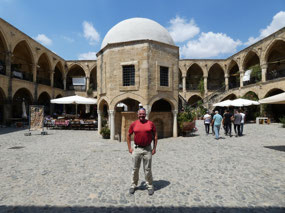
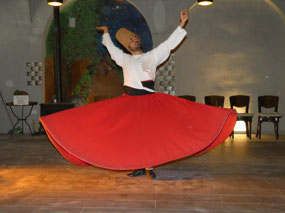
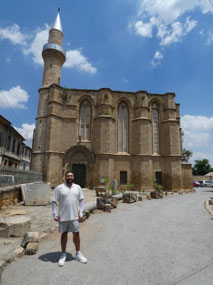



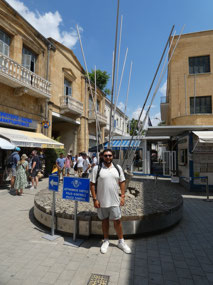
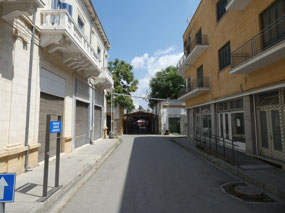

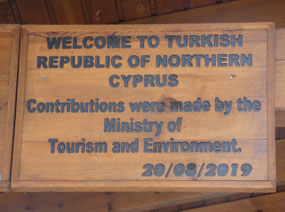
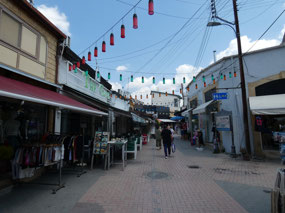
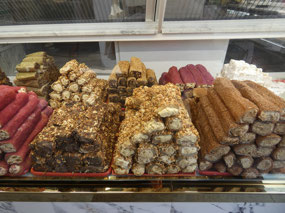
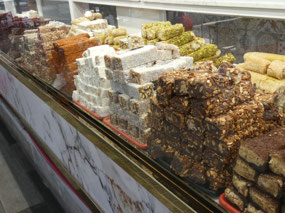
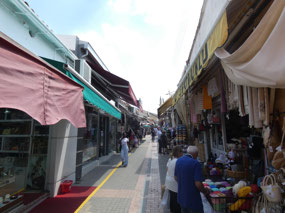
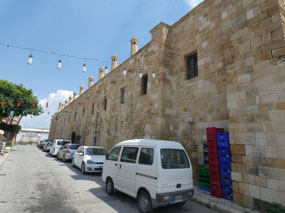
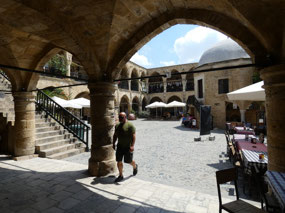
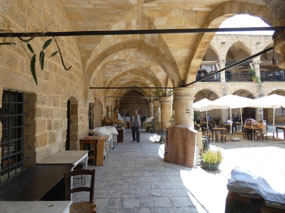
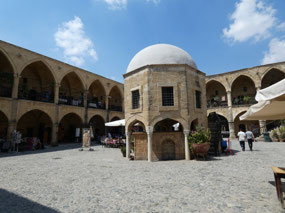

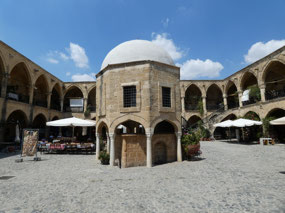

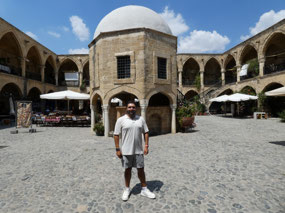
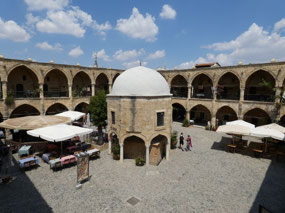

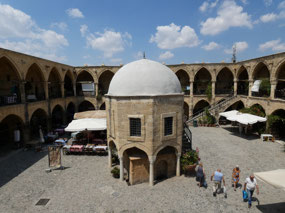
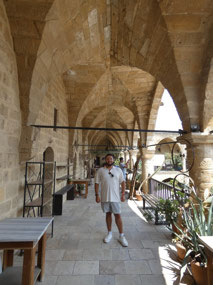
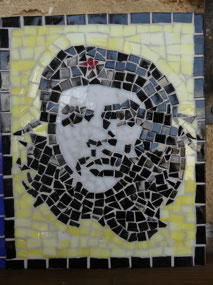
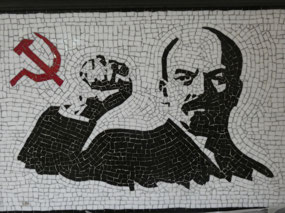
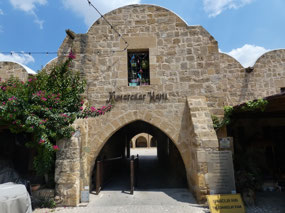
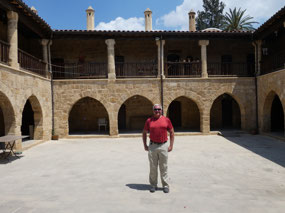
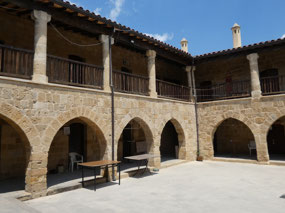
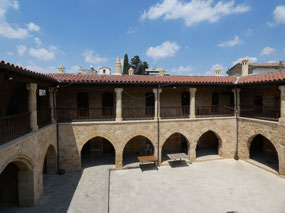
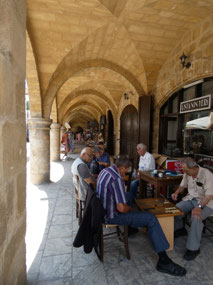
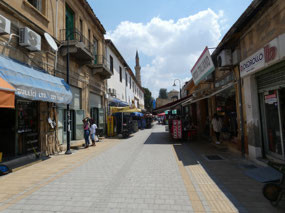
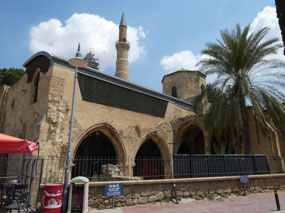
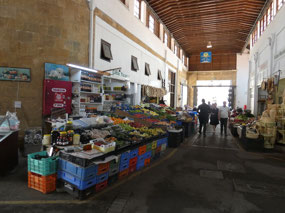
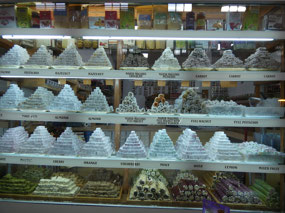
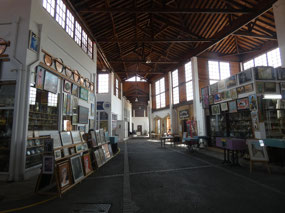
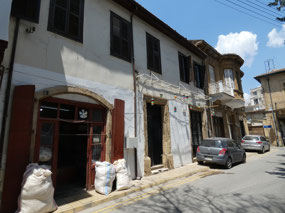
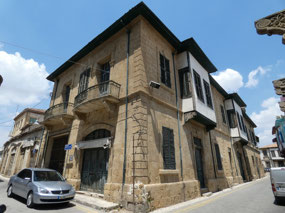
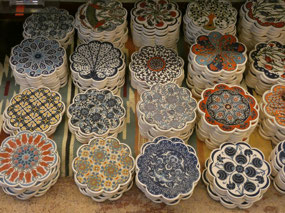
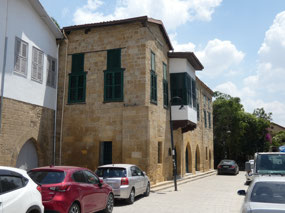
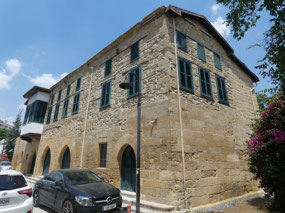
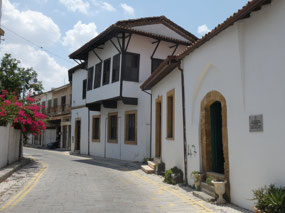
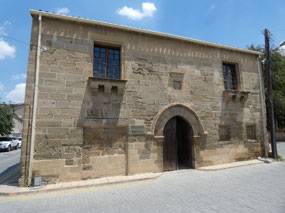
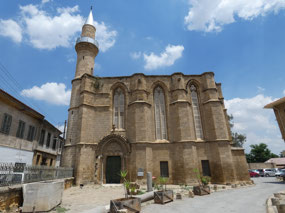


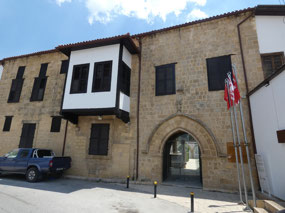
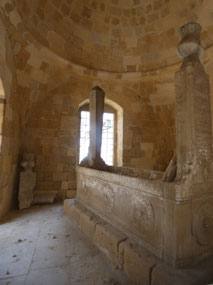
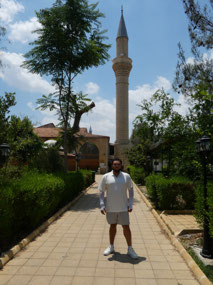
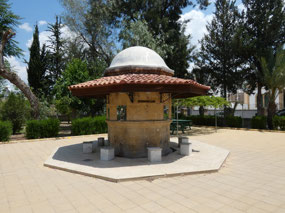
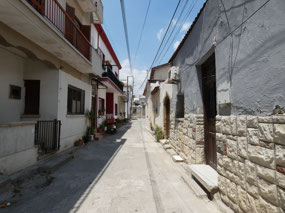
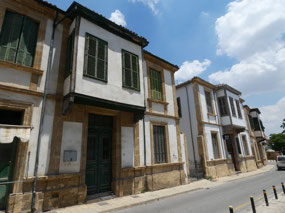
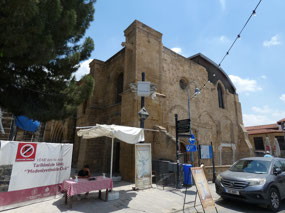
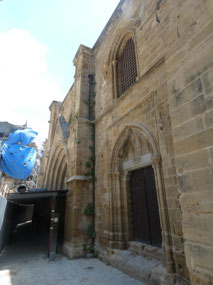
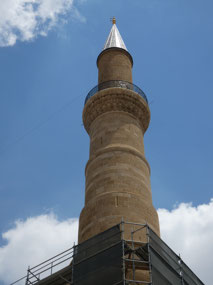
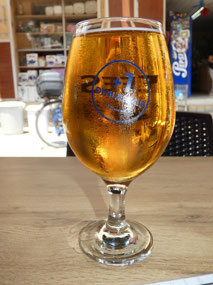
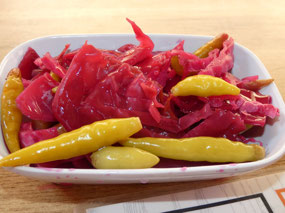
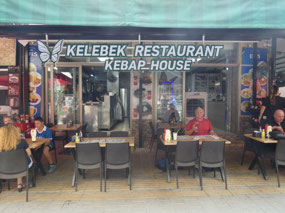

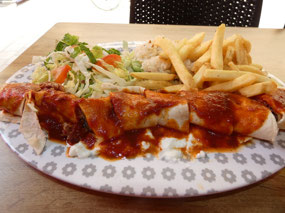
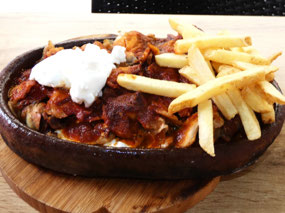
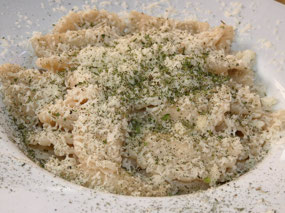
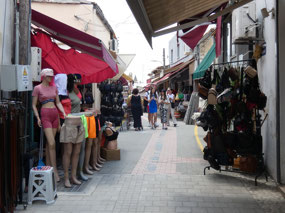
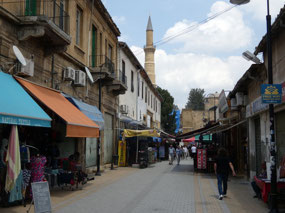
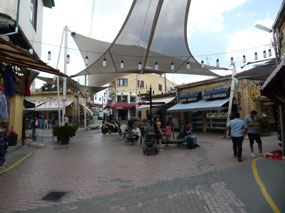
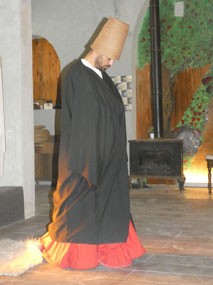
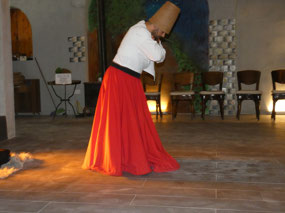
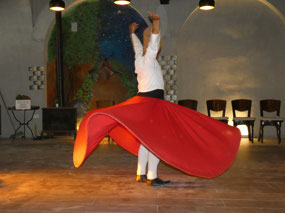
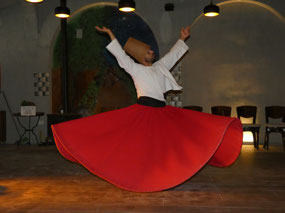
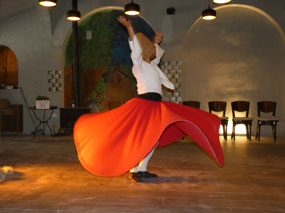
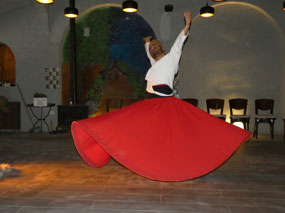
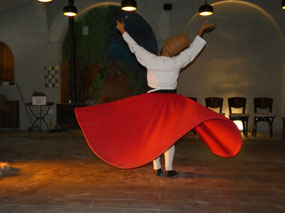
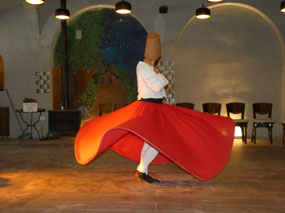
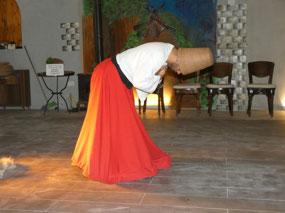
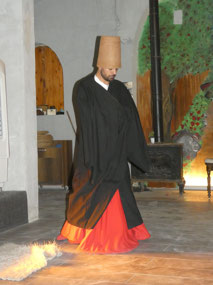
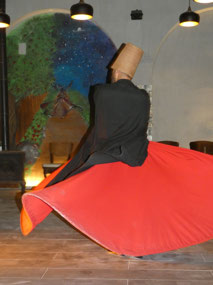
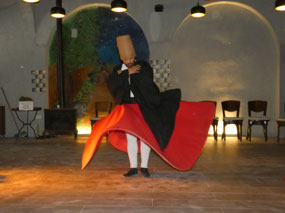
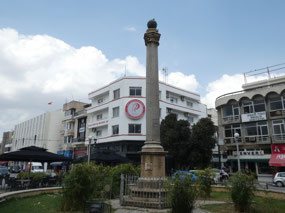
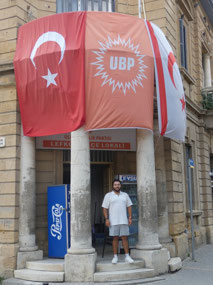
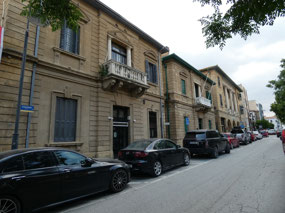
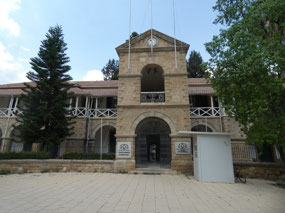

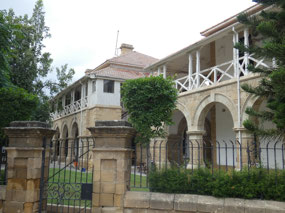
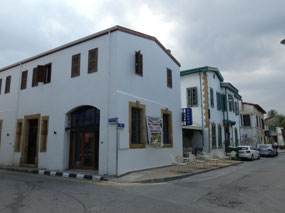
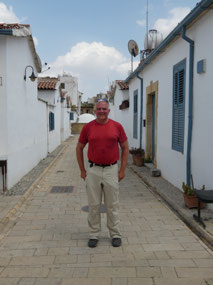

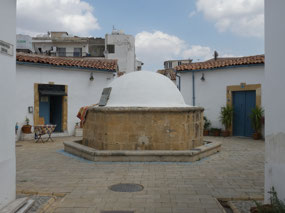
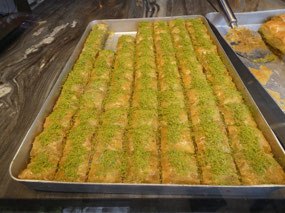
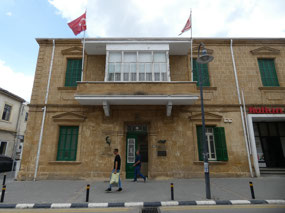
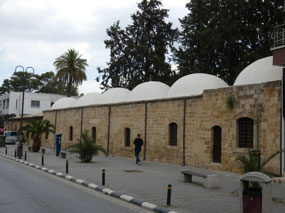
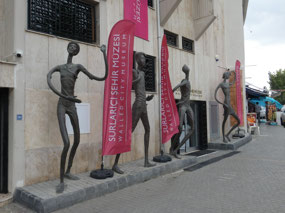
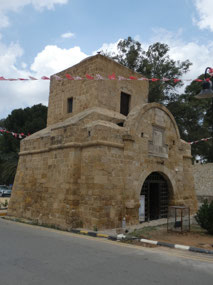
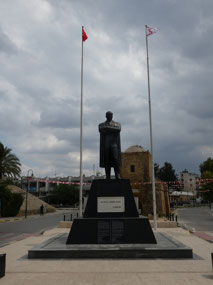
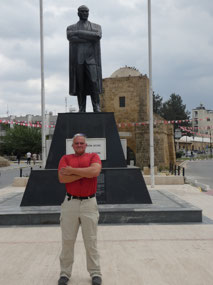
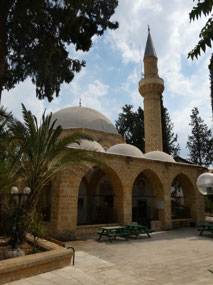
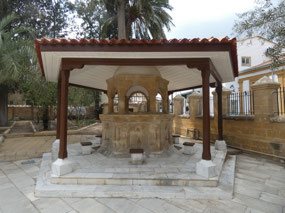
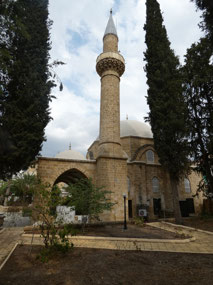
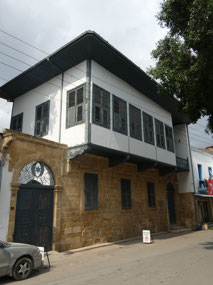
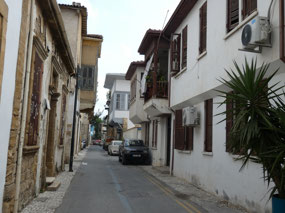
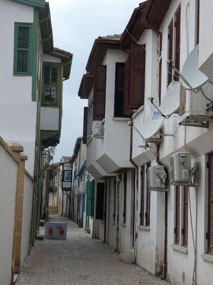
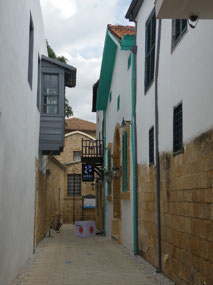
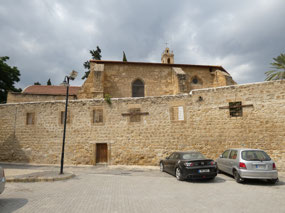
2025-05-23